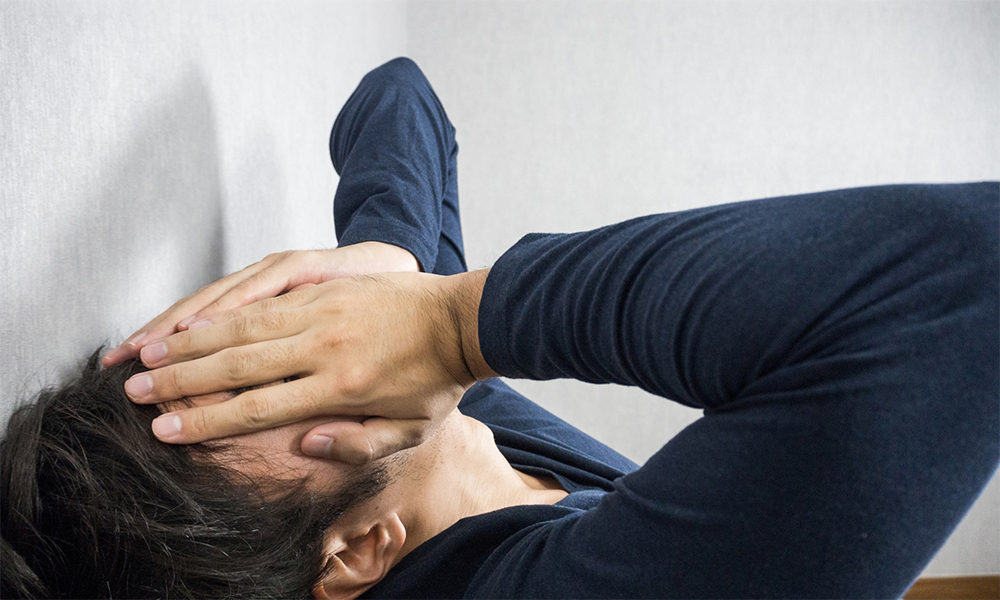Over the last few weeks, we have been sharing some perspectives around the different aspects of our purpose and values, as a company. Today, I want to bring that conversation of purpose to an individual level and ask you to think about what each of us can do to instil a deeper sense of personal purpose – enabling us to lead happier and more fulfilling lives.
This is something that many of us grapple with, especially with stress soaring and contentment dipping across the world – despite higher standards of living than ever before. Over the last few years, a number of old-new lifestyle philosophies that promise something different have emerged – from hygge (the Danish idea of creating contentment through cosiness), to lagom (not too little, not too much – the Swedish concept of moderate living) and of course, meditation (the idea of finding happiness through inner peace).
I recently came across a wonderful Japanese concept, ikigai, which seems to be more all-embracing, and universally applicable.
What is ikigai?
The loose translation is “your reason to live”, from the Japanese iki (to live) and gai (reason). Those who have lived according to this philosophy for years are quick to point out that the purpose does not have to be a grand end-goal; rather, the purpose should apply to your everyday life.
To put it another way, ikigai is the reason you get out of bed every morning.
So, this week, my message focuses on how to boost the ikigai quotient in your life – how to seize the day and cherish the little joys, which ultimately can make you happier and healthier.
Not only does connecting with your ikigai make you happier on a day-to-day basis, it also improves the quality of your sleep, boosts hormonal health, and reduces stress-related inflammation in the body – all of which add up to a longer, healthier life.
Ken Mogi, author of The Little Book of Ikigai, explains what makes this approach such a welcome antidote to today’s obsession with status, money and fame:
“Ikigai is small-scale, patient, mundane and long-sighted. You don’t have to blow your own trumpet to be heard. You can just whisper, sometimes to yourself.”
The Western understanding of ikigai is a Venn diagram in which four circles overlap: what you love, what you are good at, what the world needs, and what you can be paid for.

Source: http://theviewinside.me/what-is-your-ikigai/
This is a good starting point, but it’s important to remember that the Japanese approach to ikigai is much more fluid. It may not be possible for everyone to find that ideal sweet spot, due to limitations and compulsions – familial, financial, geographical, and so on. The Japanese understand that all too well, which is why their “rules” about ikigai are far more flexible. Researcher Akihiro Hasegawa found that people in Japan believe that the small moments in everyday life have the potential to make life fulfilling as a whole.
How can you boost the ikigai quotient in your life? Here are five suggestions to get you started:
1. Identify your ikigai
The experts have lots of suggestions to locate your ikigai. Neil Pasricha, motivational speaker and author of The Happiness Equation, suggests the Saturday Morning Test in his book: “What do you do on a Saturday morning when you have nothing to do?” Dan Buettner, who studies the link between longevity and lifestyle, recommends separately listing your values, things you enjoy doing, and things you do well. At the meeting point of these three lists, lies your ikigai.
Hector Garcia, co-author of Ikigai: The Japanese Secret to a Long and Happy Life, says it’s all about “flow”. You know how some tasks absorb you so deeply that you lose the sense of time passing by. What kinds of activities are these? It is likely that your ikigai lies hidden in these moments. Garcia explains that increasing the amount of time you spend on such activities can strengthen your connection with your personal ikigai. Also, keep in mind that this Japanese philosophy is strongly intertwined with strengthening social links: How can you connect with other people in more meaningful, satisfying ways? How can you spend more time and interact more authentically with those who really matter to you? The answers could form an important aspect of your ikigai.
2. Turn awareness into action
Okay, let’s say you have a pretty good idea of what your ikigai is. Now what? The next step is to transform your purpose into action – which is tough, because it involves taking out the time and making the effort to pursue something more intensely. Even if you love the activity, it can prove difficult to make the necessary lifestyle changes. Garcia points out that an important part of saying “yes” to your ikigai is saying “no” to other things. Open up the space to do what you love and are good at, instead of getting swept up in habitual yet unrewarding activities. Love yoga but can’t seem to find the time for it? Skip your morning TV news session – you can always watch the highlights at night. Love spending time with your family, but feel overwhelmed by too many other social obligations? Prune away engagements that don’t really contribute to your happiness and learn to say “no” politely. Make space in your schedule for the things you really want to do – otherwise it’s all too easy to make excuses and bail.
3. Lessons from longevity
Dan Buettner, author of Blue Zones: Lessons on Living Longer from the People Who’ve Lived the Longest, has spent years studying communities with the longest lifespans in the world, trying to find the secrets behind longevity. One such area is Okinawa, an island with an astonishing number of people who are a hundred years old or more. Buettner found many factors that seem to play a role in this longevity, including a diet that features lots of multi-coloured plant-based foods and in which the residents eat only until they are 80 percent full.
Beyond food, however, ikigai also plays a crucial part. Residents are deeply connected to their reason for living, and make it a point to infuse everyday life with their passions and joys – no matter how old they get. In fact, while retirement is a destabilising (and sometimes dangerous) time for people in other parts of the world, the Okinawan language has no word for “retirement”! In this culture, older people are celebrated – they continue to do what they love and pass on their lessons to the younger generation, keeping their sense of purpose intact. Okinawans also have a solid social structure beyond their immediate family, which connects them to one another and curbs loneliness (an important idea within ikigai). They are divided into small groups of about six friends, called a “moai” – a unit in which all the members support one another throughout life, like an extended family. To know more about Buettner’s findings, watch his fascinating TED Talk, How to live to be 100+.
4. Look beyond work
In a 2010 survey in Japan, only 31 percent of people considered work to be their ikigai. Certainly, your professional life can contribute to a sense of purposefulness – but remember that it isn’t necessary (or even possible) for the two to coincide fully. Which is why it’s important to look beyond work when thinking about your ikigai. Think about which passions give you a sense of deep enjoyment and contentment. Be it photography, cricket, dance, teaching, gardening, music…there are so many wonderful opportunities out there that hold the potential for daily joy. Remember, diversifying your ikigai beyond the workplace is even more important as you grow older. Unlike the Okinawans, most of us will ultimately retire, so do what you can to ensure that we have other reasons for getting up every morning.
5. Be present, think smaller
Mogi emphasises that mindfulness is essential in the pursuit of ikigai. Rather than sleepwalking through the day on autopilot, make it a point to be present in the moment. This doesn’t mean making a to-do list or documenting the process – instead, simply pause to think about what you are enjoying about that moment and take the time to appreciate it.
An important aspect of being present is to limit the excessive use of social media. If you are constantly taking pictures and posting them during an activity, you are not doing justice to the real experience, because the need to convert it into a virtual experience has taken over. Instead, put Instagram on hold, switch off the camera, and tuck your phone away – now, relax and immerse in the moment. Just because an experience is small (compared with the “big” goals and achievements of life), doesn’t mean it doesn’t deserve your attention. In fact, the philosophy of ikigai tells us that it is the smaller things, the little details that hold the promise to a lifetime of fulfilment.
Like Tom Ough puts it in his book Finding your ikigai: the Japanese secret to health and happiness:
“An ikigai is a luxury not all of us can have, but it is one we can work towards. In that sense, it’s probably more useful than other self-help concepts…. Really, ikigai just codifies something we wordlessly knew we needed all along.”
As always, I look forward to your thoughts.








Thank you for sharing your time and thoughts.
Wonderful concept!
Vivek, thank you for this deep article. Here is a YouTube video for people who can understand the French language. It is about the ikigai concept as well: https://youtu.be/prhxUF2Fq70. A philosophy to stick to! =)